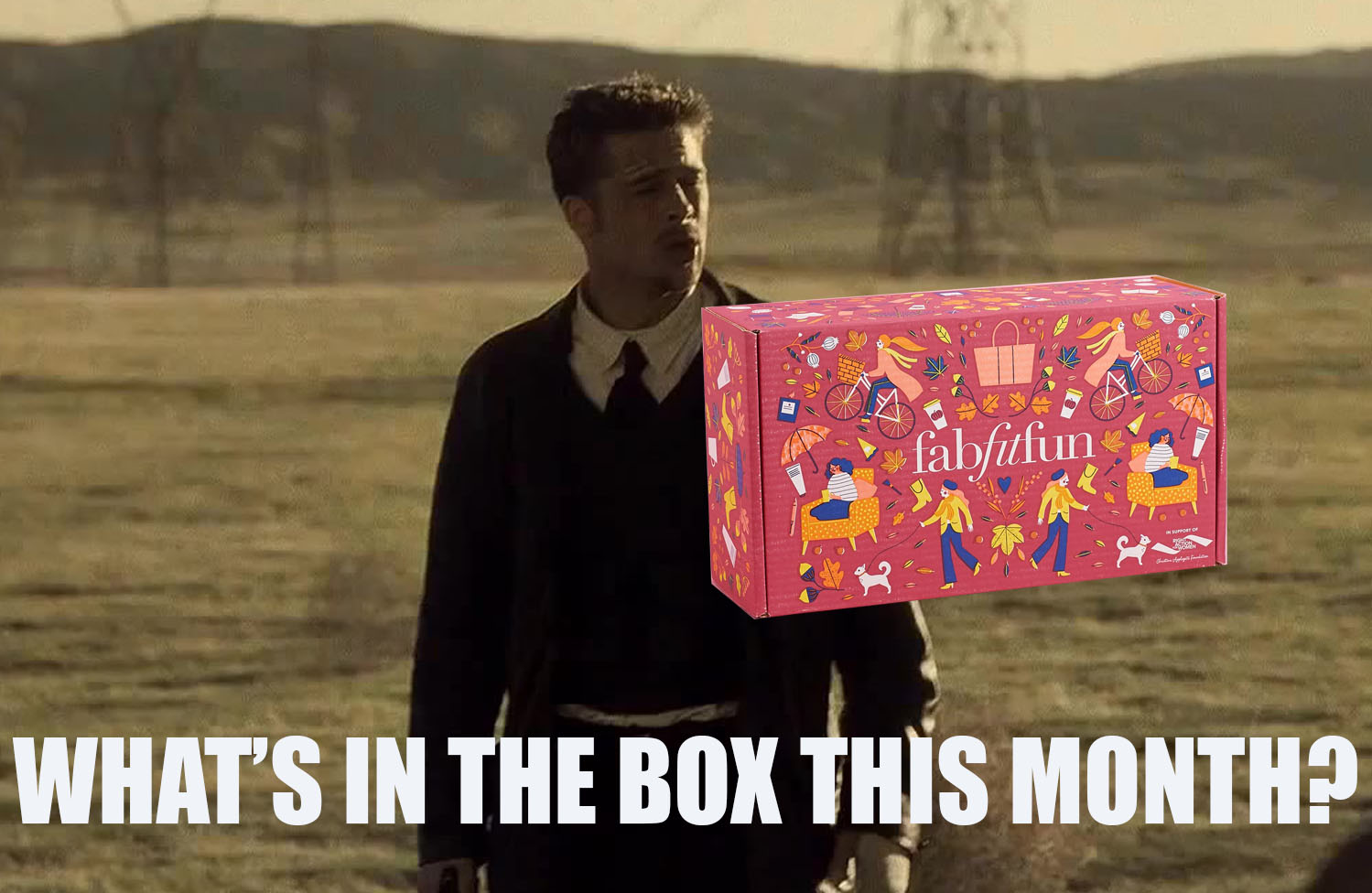I can almost guarantee that as you go about your business throughout the day, a significant portion of your time is spent on an internet-connected device. Either you write content for a living or you spend thirty minutes of your hour lunch break playing the mobile version of Fortnite in a bathroom stall one floor above your office. Regardless of what and where you use technology, chances are you’ve seen countless advertisements for subscriptions to monthly boxes containing everything from beauty supplies to pop culture-themed paraphernalia and apparel.
Let’s face it, our attention spans are constantly dwindling and in tandem with this phenomena, we are losing patience. Everything needs to happen right now. Food delivery needs to be instantaneous, slow internet speed is causation for all-out warfare, and amidst our newfound antsy nature, we don’t shop at brick-and-mortar retail stores any longer.
In the wake of our retail lethargy, a $2.6 billion industry is rapidly shipping out results and consumers can’t wait for the arrival of their boxes. According to data gathered by McKinsey & Company, a New York City-based consulting firm, “15% of online shoppers signed up for one or more subscriptions to receive products on a recurring basis, frequently through monthly boxes.” The most successful startups in the subscription e-commerce market generated close to $3 billion in sales in 2016, alone, up from $57 million in 2011.
The McKinsey report goes on to suggest that Americans are obsessed with the subscription-based model because it caters to their lackadaisical nature. Think about it…the subscriptions, be they for media-streaming sites like Netflix (NFLX) and Amazon Prime (AMZN), or beauty products from Birchbox, all are automatically billed monthly and, assuming you’ve got the cheddar in your account, you never have to worry about missing a payment.
Break It Down, Dawg
There are three catch-all categories of subscriptions, each with their own nuances:
Replenishment
A replenishment subscription allows subscribers to re-up on supplies and products on a scheduled basis. Typically, these include razors, house cleaning supplies, and other items that are purchased frequently.
Curation
The purpose of a curated subscription is to keep the consumer on their toes. Every box, no matter the desired frequency of delivery, will have inside it unique products. Additionally, these subscriptions can be personalized and catered specifically to the likes/dislikes of the subscriber. The personal touch of curation subscriptions makes them the most popular type of subscription on the market.
Access
Subscribers who enter into an access subscription pay a monthly fee for member-only incentives. According to the McKinsey report, access subscriptions typically offer perks solely for food and apparel products.
“There’s continued signs that the subscription industry is a mature or maturing industry.”
–John Fetto, Senior Analyst, Hitwise
This Company Is Absolutely Killin’ It!
The subscription box economy is buzzing with excitement and impressive potential for investors, but not all startups make it past their round/s of funding. One company, in particular, is dominating the sector and if they keep it up, they may want to consider an IPO.
FabFitFun was founded in 2010 to create a lifestyle subscription service with the goal of inspiring women of all sizes, shapes, and colors to be the best versions of themselves, both physically and mentally, as well as spiritually. What separates FabFitFun from the pack really boils down to several key components of their business model.
First of all, Katie Kitchens, the company’s co-founder, truly believes in the products and services her company offers to consumers. Kitchens told Fast Company that her idea had always “been to bring the products [offered by FabFitFun] to life through content. That bridge between content and commerce has been one of our biggest differentiators.” The company announced last month that they officially surpassed over one million subscribers, undoubtedly because of the powerful philosophy emanating from FabFitFun’s leadership team.
To continue, FabFitFun cares about the quality of life of its member-base and chooses only the best products to make their million-plus membership feel and look their best.
“FabFitFun is truly for every woman – whether you are a millennial, a mom of three, or a fashion-forward 50 year-old; we see this milestone as a celebration of the diversity of our members…”
–Katie Rosen Kitchens, Co-Founder & Editor-in-Chief, FabFitFun
While their boxes have a significantly higher price point than competitors in the subscription-box space ($49.99 per box), this means their margins are higher as well. The company has been growing so quickly that they just recently purchased more office space in the Pacific Design Center in West Hollywood, California, where the company is based.
Closing Thoughts
The subscription box economy was born out of laziness, but the companies leading the charge to offer consumers high-quality, personalized products are anything but apathetic. As we see industry powerhouses like Amazon (AMZN) offer perks for their members, I’m sure more startups with innovative ideas will come out of the woodwork and continue to grow this potentially multi-billion dollar industry.





